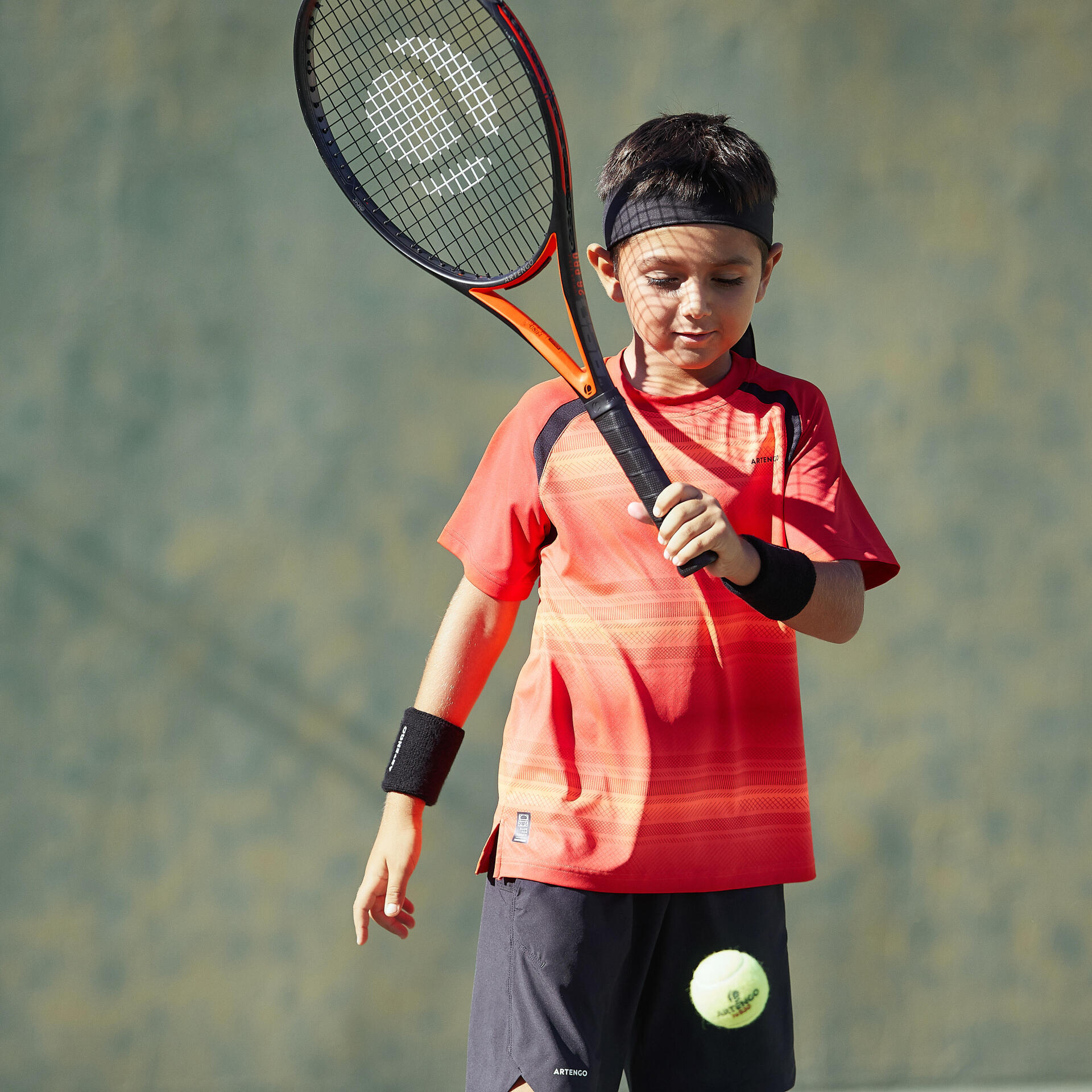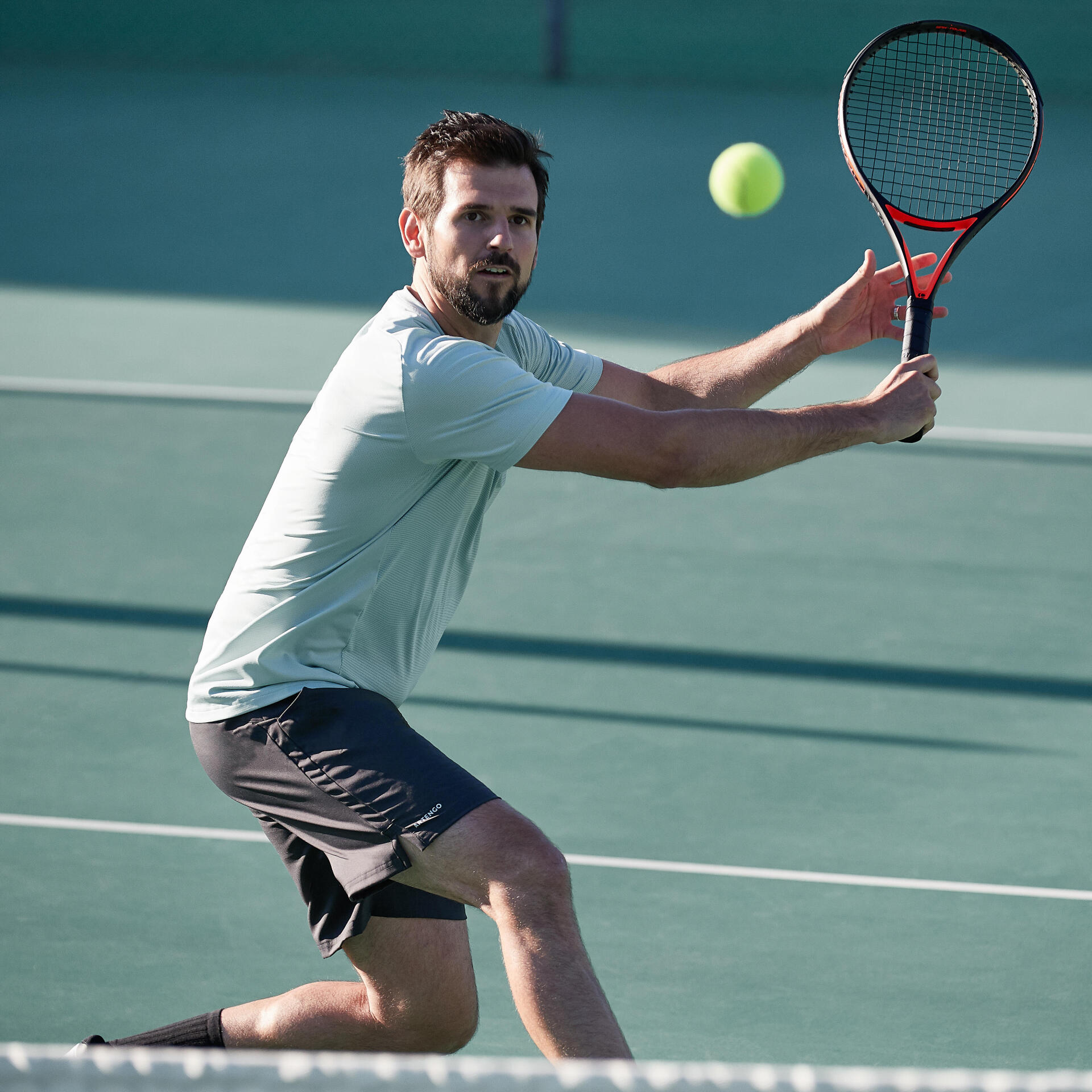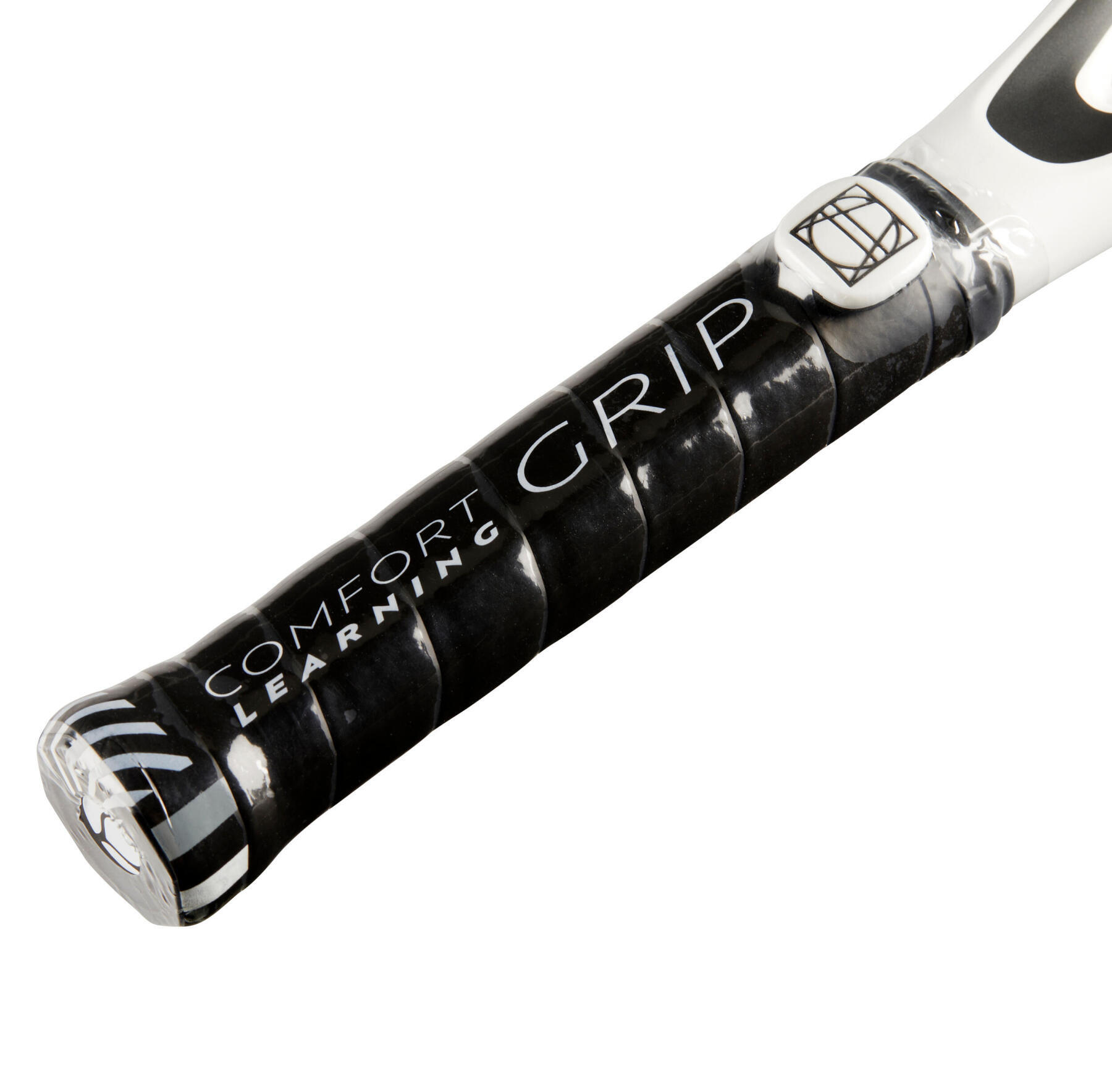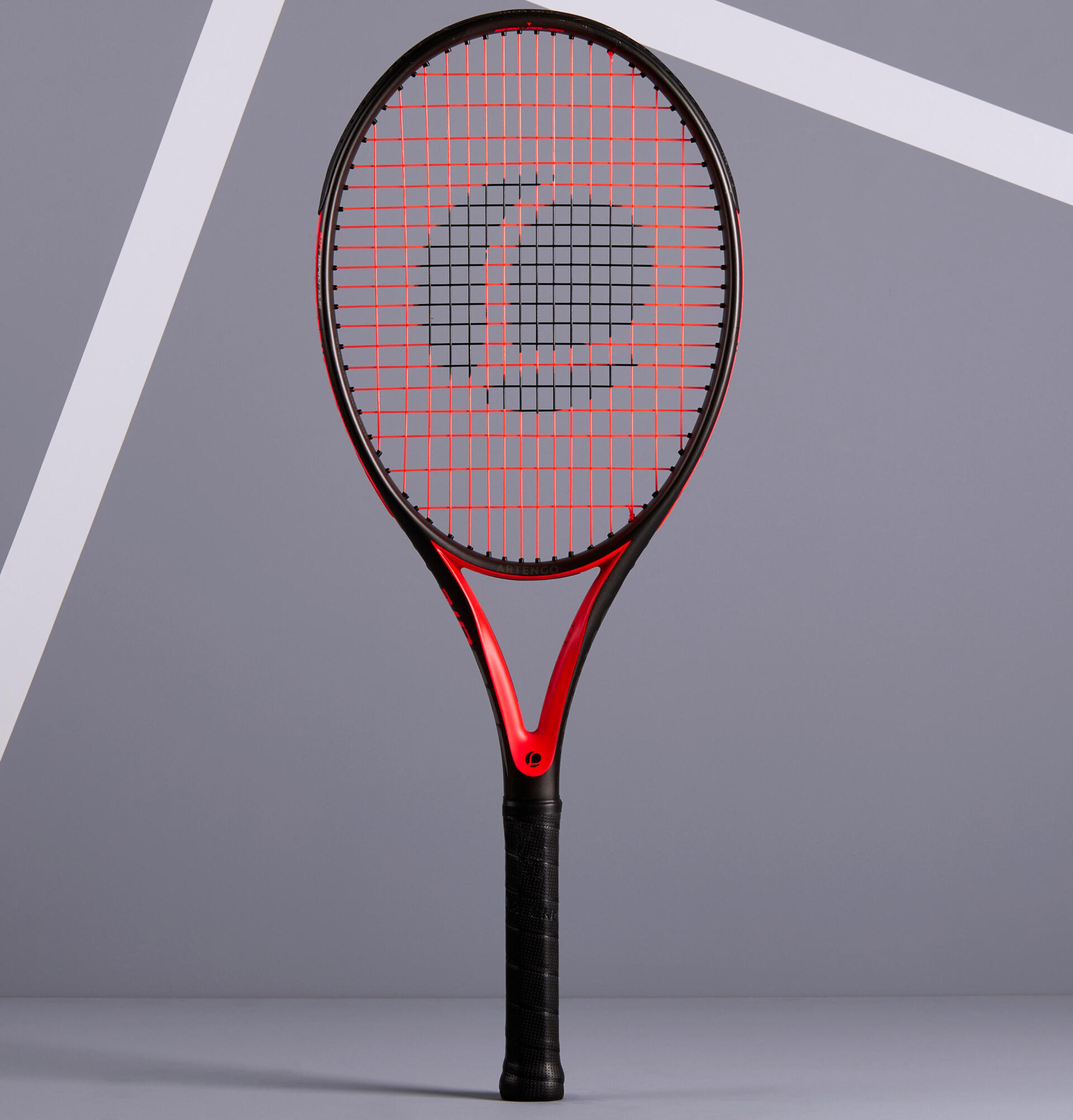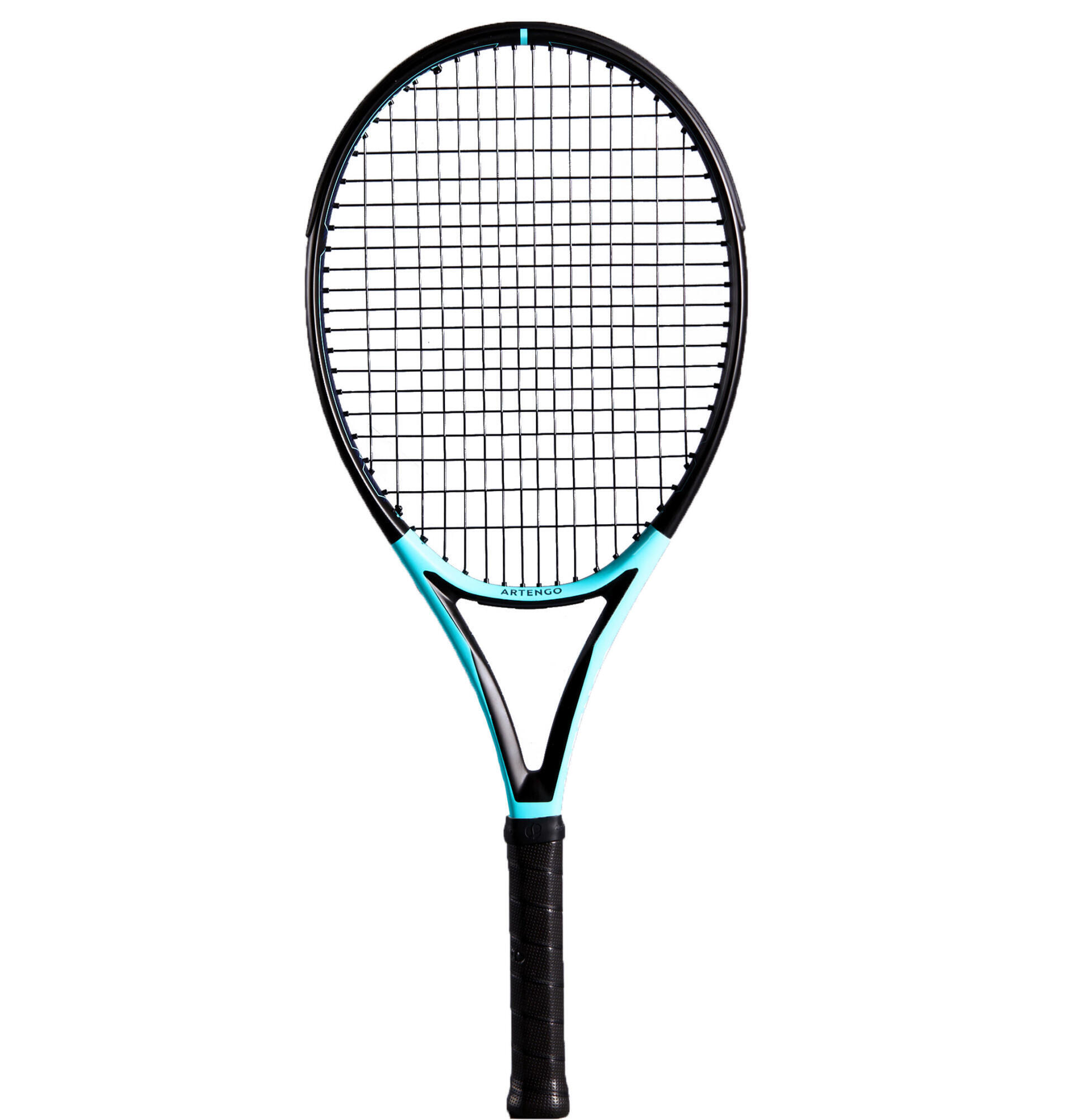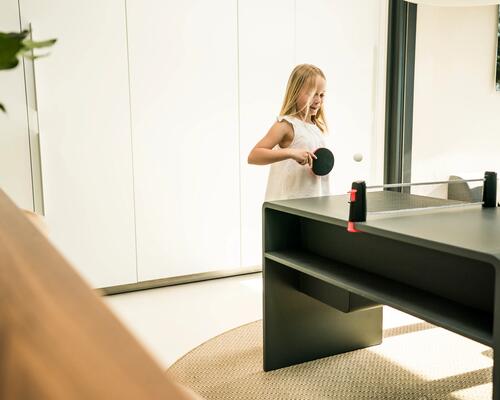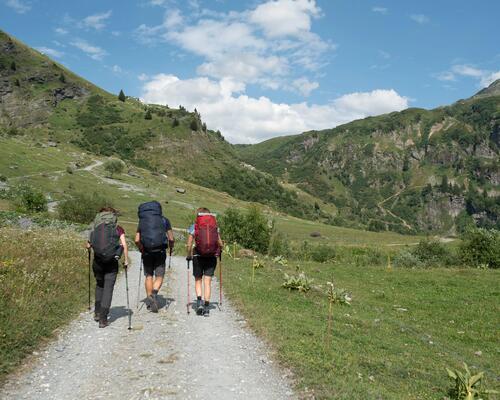Factors to Consider when Choosing a Tennis Racket
When making your selection, several factors should be considered including the type fo player:
Skill Level: Beginner, intermediate, and advanced players have different racket needs. Beginners might prefer a lightweight, easy-to-handle racket, while advanced players might seek a heavier racket offering more control and power.
Playing Style: Your playing style influences the type of racket that suits you best. If you favour powerful strokes, a racket with a larger head size and head-heavy balance could be beneficial. If you prioritize control and precision shots, a heavier, balanced racket might be preferable.
Weight and Balance: The weight and balance of the racket are important for maneuverability and stability. A lighter weight can enhance maneuverability, while a heavier weight can provide more stability and power. The balance can be head-heavy, evenly balanced, or handle-heavy, affecting the feel of the racket during a stroke.
Head Size: The head size represents the hitting surface of the racket. A larger head size offers a wider hitting area, providing greater forgiveness and more power. However, a smaller head size allows for better shot control.
Materials: Rackets are made from various materials such as graphite, carbon, titanium, or composites. The materials affect the racket's stiffness, power, and feel.





